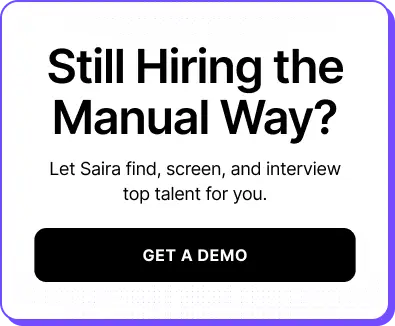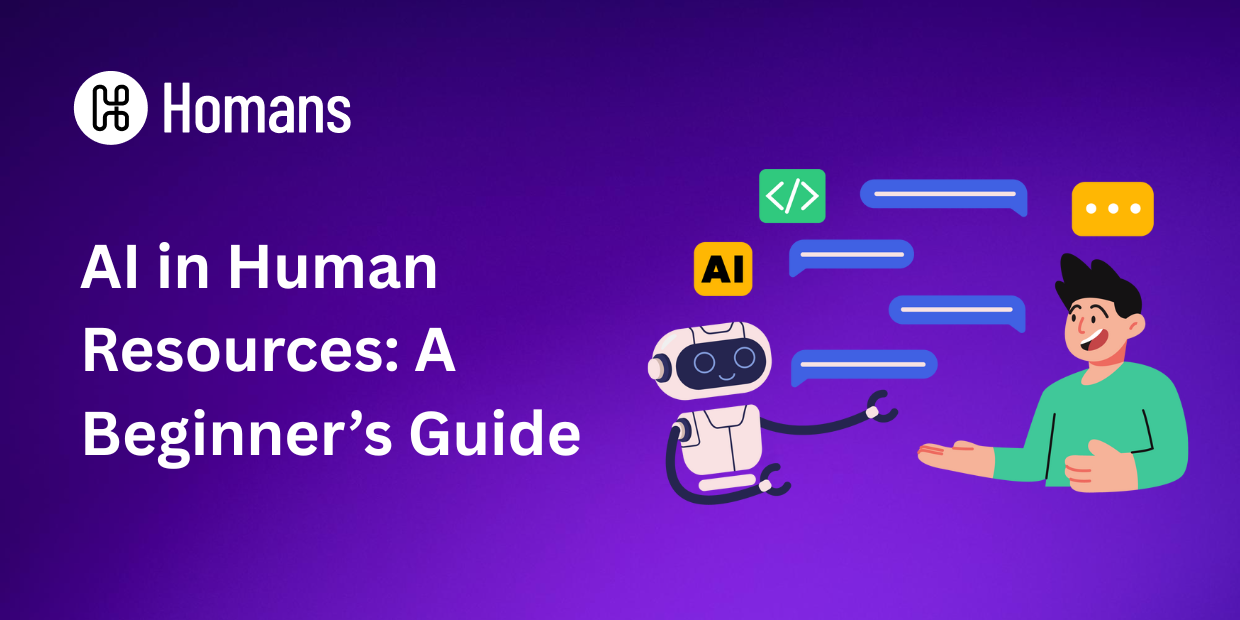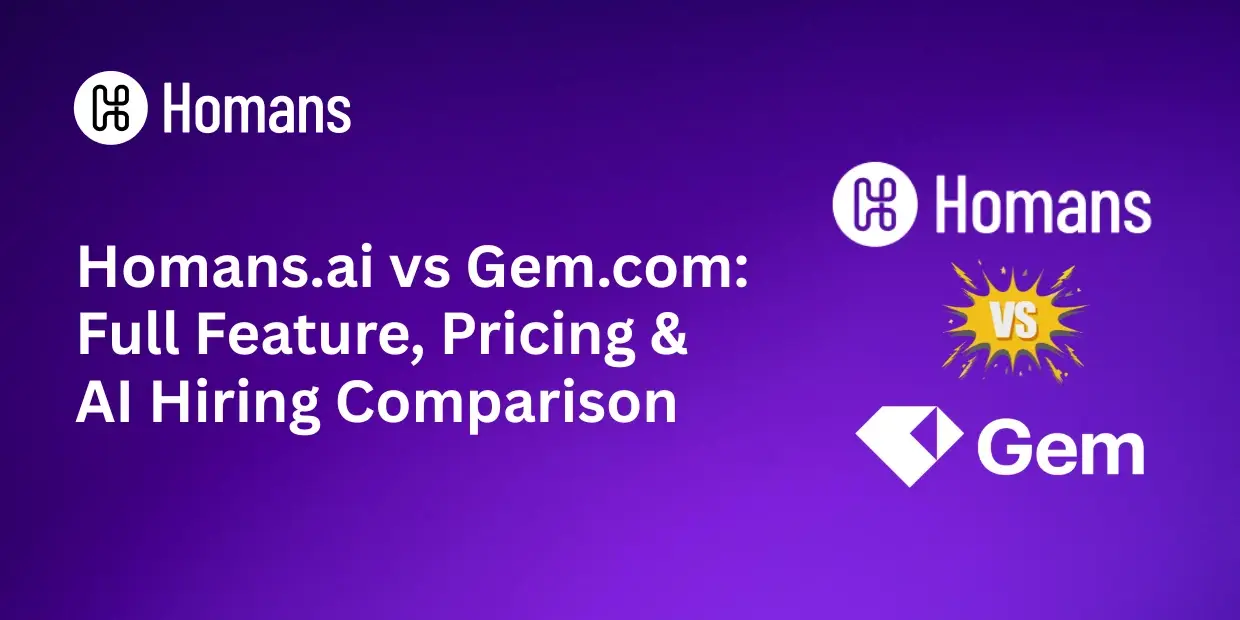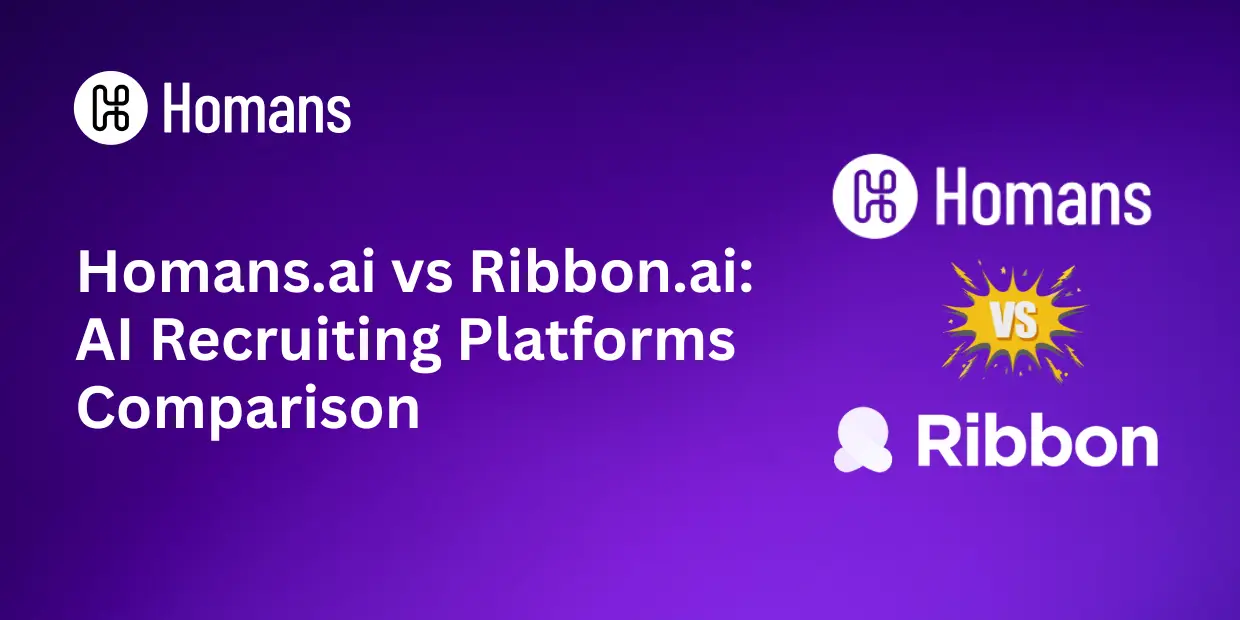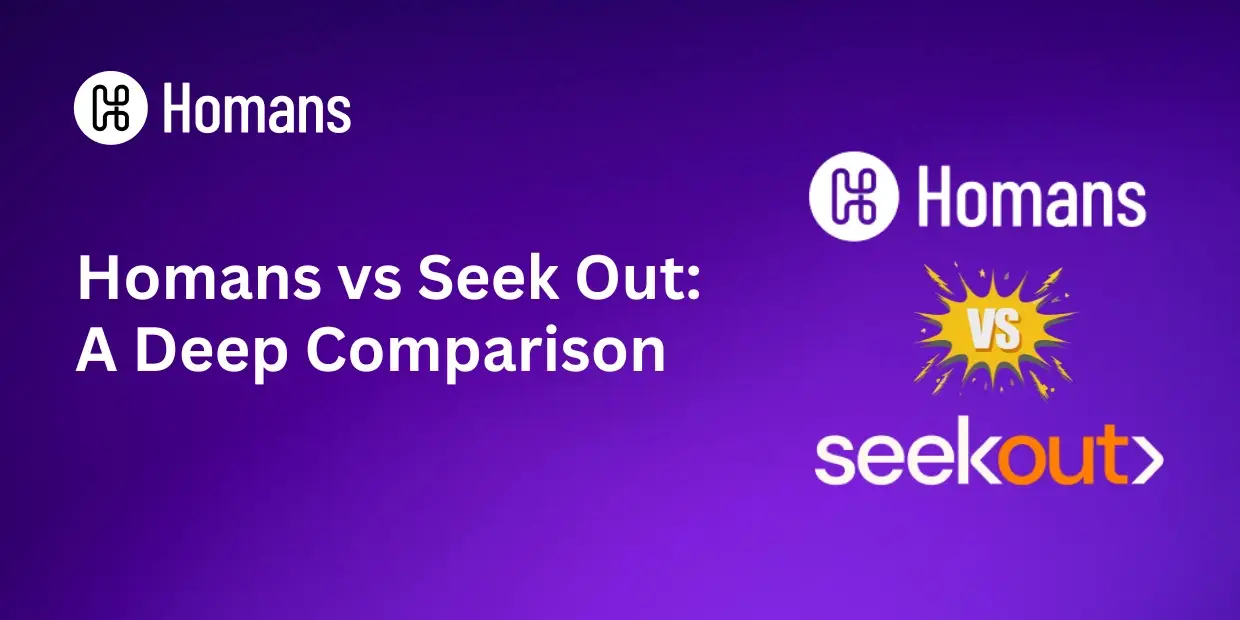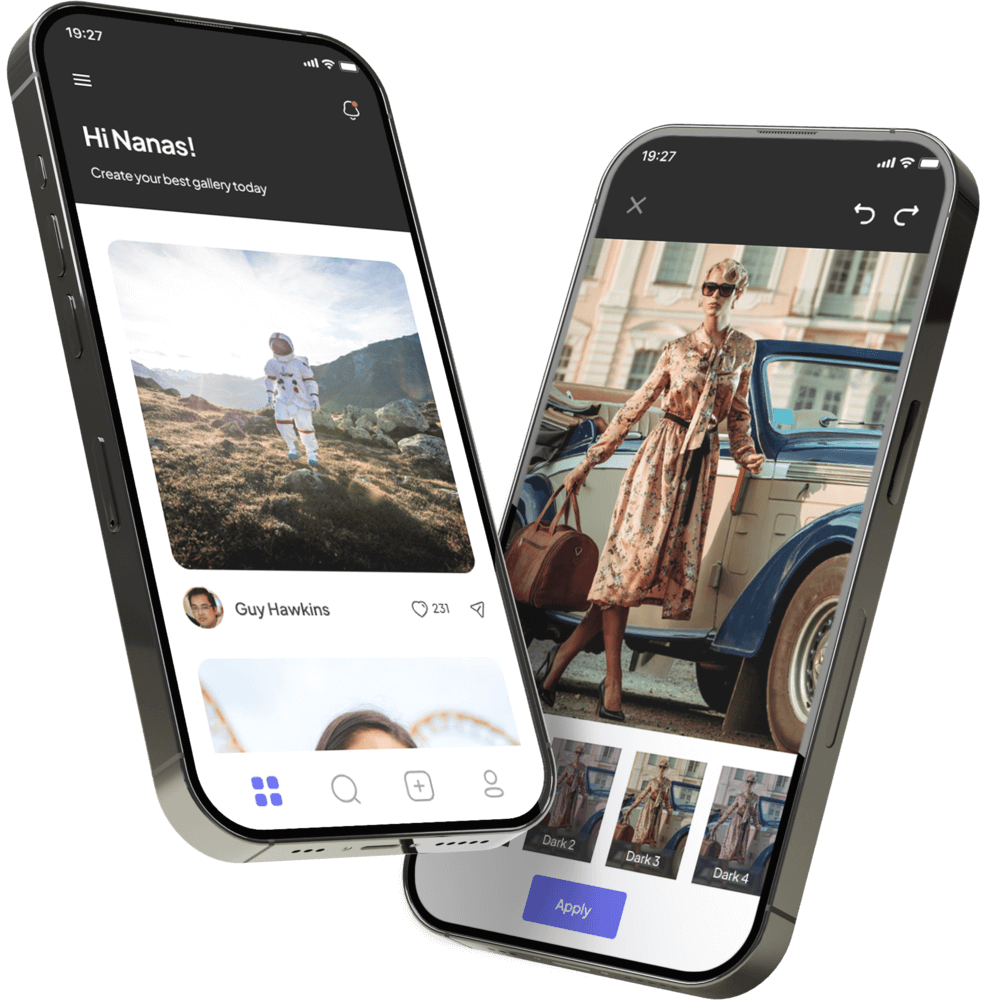AI in Human Resources is rapidly reshaping it. Nearly half of organizations already use AI in at least one HR process, and 92% plan to spend more on it within the next three years1. Used responsibly, AI can shorten time-to-hire, personalize learning, and free HR teams for strategic work—but it also raises new risks around bias, privacy, and compliance. This guide explains the fundamentals, practical benefits, pitfalls, and best-practice safeguards every newcomer should know.
1. What Is AI in HR?
Artificial intelligence in human resources refers to software that mimics human reasoning—machine-learning models, natural-language processing, generative AI and related tools—to automate or augment HR tasks such as sourcing candidates, screening résumés, answering employee questions, or predicting turnover2.
2. Why It Matters: Fast Facts
| Metric | Evidence | Impact |
|---|---|---|
| 85% of employers using AI say it saves time3 | Administrative relief | |
| 75% cut in time-to-hire at Unilever after adopting AI video interviews4 | Competitive hiring | |
| 93% of highly automated companies cite significant efficiency gains5 | Productivity boost | |
| 88% of professionals now use generative AI to enhance daily tasks6 | Workforce readiness | |
| 80% of organisations expect AI-driven workforce planning by 20251 | Strategic demand |
3. Core Use-Cases Along the Employee Lifecycle
3.1 Recruitment & Talent Acquisition
- Programmatic sourcing tools crawl job boards and social media to surface hidden talent6.
- AI résumé screeners rank applicants against skills maps, cutting manual review time by up to 40%7.
- Chatbots answer FAQs 24/7 and auto-schedule interviews, giving 88% of candidates a faster experience3.
3.2 Onboarding
Virtual assistants deliver personalized checklists, policy documents, and IT credentials, reducing calls to HR helpdesks and improving first-week satisfaction8.
3.3 Learning & Development
Recommendation engines map skill gaps to bite-sized courses and mentors, as seen at Unilever’s Degreed platform4.
3.4 Performance & Engagement
Sentiment-analysis dashboards flag disengagement patterns early; continuous-feedback bots prompt managers with coaching tips in real time2.
3.5 Workforce Planning & Analytics
Predictive models forecast attrition, skills demand, and optimal staffing levels, enabling data-driven decisions that outpace static head-count planning9.
4. Benefits Newcomers Notice First
- Speed and Cost Savings – Automating résumé triage alone saves recruiters 23 hours per hire and cuts vacancy days that drain productivity7.
- Better Quality of Hire – Machine-learning match scores surface overlooked candidates and reduce early turnover10.
- Enhanced DEI – Language-analysis tools flag non-inclusive wording; bias-detection algorithms identify pay or promotion gaps in minutes, not months4.
- Always-On Employee Support – AI assistants (e.g., IBM’s AskHR) handle 80+ routine HR queries, freeing staff for strategic work2.
- Data-Driven Decisions – Combining disparate HR, finance, and project data uncovers cross-functional insights previously invisible to siloed teams9.
5. Challenges & Risks to Navigate
| Risk | Example | Mitigation |
|---|---|---|
| Algorithmic Bias | Résumé screeners that down-rank applicants from certain colleges11 | Run annual bias audits & apply the Four-Fifths Rule (selection rate ≥ 80%)1213 |
| Data Privacy | Large training sets may expose sensitive employee data14 | Data-minimization, encryption, vendor due-diligence |
| Transparency & Trust | Employees want to know how AI scores them8 | Explainability statements, opt-out options |
| Regulatory Patchwork | Colorado’s AI Act (2026) mandates bias audits; NYC Local Law 144 already requires them1516 | Track state/EU rules, embed compliance reviews |
| Over-reliance | Replacing human judgment in compassionate cases erodes culture8 | Keep humans in the loop for final decisions |
6. Legal & Ethical Compliance 101
- EEOC Guidance – Employers remain liable for disparate impact even when using third-party AI vendors1718.
- State Laws – Colorado, Illinois, Maryland, and NYC impose notice, audit, and human-oversight duties1516.
- EU AI Act – High-risk hiring systems must complete conformity assessments and log decisions by 202519.
- Audit Frameworks – Document purpose, data sources, model fairness metrics, and mitigation steps in line with the Four-Fifths Rule and ISO 42001.
- Human Oversight – Require a human reviewer for consequential decisions; log overrides to improve models.
7. Implementation Roadmap for Beginners
- Identify Pain Points – Map tasks that are repetitive, data-heavy, or slow.
- Select Low-Risk Pilots – Start with chatbots or automated interview scheduling before tackling predictive analytics.
- Vet Vendors Rigorously – Request bias-audit results, security certifications, and retraining policies.
- Form an AI Governance Cell – Cross-functional team (HR, Legal, IT, Ethics) to own policy and risk assessments8.
- Upskill HR Teams – Provide AI literacy and prompt-engineering workshops; 60% of leaders plan to5.
- Measure & Iterate – Track KPIs such as time-to-hire, candidate NPS, and diversity mix; retrain models as roles evolve.
8. Future Trends to Watch
- Generative AI Copilots drafting job descriptions, performance reviews, or policy updates.
- Agentic AI autonomously sourcing candidates and updating compliance documents in real time2.
- Skill Ontologies that dynamically match internal talent to gig-style projects, promoting career mobility8.
- Predictive DEI Analytics spotting micro-inequities through language and network analysis4.
- Integrated AI Governance Platforms embedding bias checks directly into HRIS workflows as regulation sharpens1516.
9. Quick FAQ (Structured Data Eligible)
Q1. What is AI in HR?
A system that uses machine-learning or natural-language algorithms to automate or augment HR tasks such as recruiting, onboarding, or analytics.
Q2. Does AI eliminate recruiter bias?
It can reduce some human bias, but unchecked algorithms may amplify it. Regular audits and human oversight are essential1112.
Q3. Will AI replace HR jobs?
Gartner predicts the overall jobs impact will be neutral through 2026, shifting roles toward higher-value analytics and relationship-building9.
Q4. What laws govern AI hiring in the U.S.?
Title VII still applies; cities like NYC and states such as Colorado and Illinois add bias-audit and disclosure requirements1516.
Q5. How can small HR teams start?
Pilot low-risk tools (chatbots, interview schedulers), set clear metrics, and expand only after proving ROI and fairness.
Conclusion
AI is no longer optional for HR—it’s a competitive necessity. When deployed thoughtfully with transparency, bias safeguards, and strong governance, AI frees HR professionals to focus on the human side of Human Resources: crafting culture, coaching talent, and steering strategy. Begin small, learn fast, and keep people at the heart of every algorithmic decision.
Enjoyed this guide? Subscribe to our newsletter for monthly tips on HR tech, analytics, and future-ready talent strategies.

